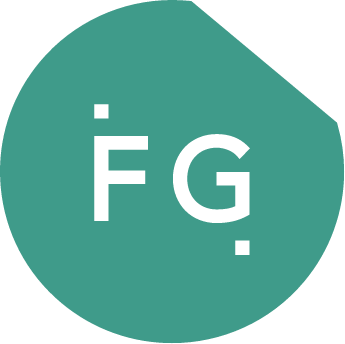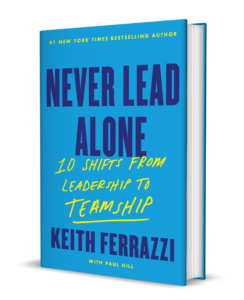In the race to turn artificial intelligence from buzzword to bottom-line impact, Cisco has built one of the most comprehensive internal enablement programs in the corporate world. Its mission: to make 80,000 employees confident, capable, and eager to apply AI in their daily work.
“AI is a team sport,” says Gianpaolo Barozzi, Cisco’s 3P Chief Technology Officer. “If you put the right tools and processes in place but don’t focus on people, adoption will stall. Our goal is to give every employee the skills and confidence to bring AI into their daily work.”
Think of AI enablement as a maturity trajectory. At the entry level, individuals use off-the-shelf generative AI tools like generative AI to speed up their tasks, like drafting emails, writing code snippets, summarizing reports. The next level comes when employees imagine AI as their own “MBA intern” and then translate those tasks into agents that work consistently on their behalf. Higher still, organizations re-engineer workflows across roles to unlock cross-functional impact. The peak of the trajectory is where entirely new business models emerge from entirely new ways of working.
Cisco’s story spans this curve. And it starts with Barozzi’s simple but powerful principle: AI is a team sport.
From Pilot to Enterprise Habit
Cisco’s first big leap was the “Teaming with AI” pilot. 111 teams with 819 employees out of a 2,400-person unit were invited to experiment with AI tools. The premise was simple: use AI like you’d coach an intern—check its work, guide it, and build trust over time. Leaders worked alongside their teams, modeling the behavior.
“Innovation doesn’t spread in isolation,” Barozzi recalls. “When teams experimented together, enthusiasts pulled skeptics along.”
In just three months, the pilot:
- Produced 182 team-defined use cases.
- Doubled AI tool usage.
- Boosted employee confidence in using generative AI from 62% to 91%.
CircuIT: The AI Enablement Engine
Handing employees a chatbot and saying “good luck” hardly works. Cisco’s internal safe and secure CircuIT platform fixes that. It’s not just a chatbot with prompt library; it’s a personalized AI playbook for every role.
“The most important thing we did was unpack every job into the tasks that make it up,” Barozzi explains. “Then we could show exactly how AI could augment each activity—not as an abstract concept, but as a concrete, copy‑paste‑ready prompts.”
For example: A customer success manager preparing for a renewal call might get prompts that pull account history, analyze sentiment in past emails, and draft tailored talking points. Instead of starting from scratch, AI accelerates every step.
The impact was immediate. In Cisco’s Customer Experience (CX) organization, CircuIT adoption jumped by 39% in two months, the number of total interactions grew to 1.4M per quarter. Confidence in using generative AI rose from 77% to 92%, and confidence in leading teams with AI grew to 85%.
Atlas: Rethinking the Shape of Work
If CircuIT transforms work at the task level, Cisco’s Atlas architecture reimagines entire roles and workflows.
Atlas uses AI to:
- Infer a role’s critical activities.
- Assess how AI can augment each one.
- Recommend redesigns that blend human capability with AI automation.
Barozzi uses a historical analogy: “Electricity didn’t transform factories until we replaced the steam engine with electric motors. AI will only be transformational when we redesign the work itself.”
Take product management as an example. Atlas might show that generative AI can handle competitor research (augmentation), that roadmapping now requires new data analysis skills (evolution), and that an entirely new role, a “product AI strategist” for product workflows, should be created (creation).
This granular approach not only drives efficiency but also pinpoints upskilling needs. Instead of generic AI training, Cisco can tell an employee: “In your role, these three tasks are growing in importance. Focus here.”
The Business Impact
Cisco’s 70–20–10 adoption model (70% people, 20% tools, 10% process) has already delivered:
- Higher productivity across functions.
- Stronger leadership capability as managers model AI adoption.
- Greater workforce agility through role evolution and creation.
But for Barozzi, the biggest success is cultural. “Too many companies hand people AI and say, ‘figure it out,’” he says. “We’re building the scaffolding for people to use it with purpose, together. That’s how you get from curiosity to confidence. And from confidence to transformation.”
What’s Next
If Atlas delivers as expected in its company-wide rollout, Cisco plans to extend it to partners and customers. “The industry needs a way to redefine work for the AI era,” Barozzi says. “Our goal is to prove this approach can work at scale.”
Bottom line: Cisco shows that AI adoption works when it’s treated as a team sport. By pairing role-specific enablement with fundamental workflow redesign, and with leaders like Gianpaolo Barozzi modeling the way, the company demonstrates that AI’s real power emerges when teams learn, lead, and innovate with it together.






